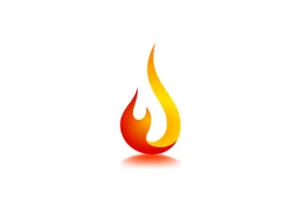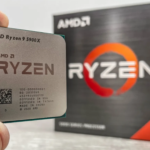Flame Graphics Vector are illustrations that use stylized flames to convey various themes and concepts, such as power, energy, faith, confidence and spirituality. Furthermore, flame graphics may also serve to signify danger or death – making these vector graphics suitable for punk rock posters, fire drill instructions, dance floor compositions or environmental warnings.
To create your own flame graphics, first draw an object you want to appear as though it’s burning and add a gradient – we suggest yellow-to-reddish orange gradient but any color will do! Once this layer has been duplicated multiple times with different gradient colors applied, duplicate again by duplicating and changing gradient colors a couple times more if necessary before duplicating again and duplicating further layers for different sections of fire – you could even add Gaussian Blur effects for extra soft edges!

Who Uses Flame Graphics Vector?
Flame Graphics Vector are popularly employed by graphic designers and other creative professionals as a way to add an element of fire and energy into their designs. Flame graphics can be applied to projects as diverse as logos, icons, banners, posters and more; additionally, flame graphics may represent ideas such as power, freedom, teamwork or spirituality.
Vexels offers an abundance of flame vector illustrations and designs that you can incorporate into your next project. Browse our library of over 266,800 flame stock images and royalty-free vector graphics until you find one that speaks to you!
Download these flame vectors in both PNG and SVG formats.
Is Flame Graphics Vector the Future of Graphics?
Flame is an open source visual effects and finishing tool used in film, TV commercials and video games. It offers a comprehensive selection of editing tools designed to enable users to create and manipulate vector graphics – from basic shape tools such as lines and fills to advanced edits such as curve manipulation and rotoscope editing capabilities.
Flame 2024.1 features numerous new features to make using it simpler for artists. These include a Metadata Overlay that can be burned onto clips in the Player, and improved resizing capabilities that provide more precise results when resizing images or crops.
Flame’s latest version also supports AMD and Apple GPUs to improve performance and shorten render times, which allows artists to work faster and more efficiently in VFX production. Furthermore, this update supports Vulkan and Metal frameworks on Rocky Linux and macOS to further increase the software’s efficiency.
10 Creative Ways to Use Flame Graphics Vector
Vector graphics are digital images composed of points, lines and shapes that can be combined and arranged to form designs. These types of files are flexible, scalable and great for print and web use.
To create a simple fire vector, start with a rectangular shape and make its bottom two pixels blue (#7ba9ca). Next, use the Lasso Tool to select all nodes of the rectangle before rotating with the Rotate Tool until it forms into an arched fire stream shape.
Create vector flames using squares and Ellipse Tool circles. Finally, overlap several circles until they resemble the shape of a fireball.
If you’re having difficulty with finding hot functions in a complex application, try this approach to identify them more easily. Intel VTune Profiler’s Flame Graph feature helps display all stack frames and their callers visually – start by viewing lowest-level functions with their callers on the stack, before moving upwards to view callers for each function.
Conclusion
To make realistic flames, it’s crucial that you pay close attention to how lines twist and move with the wind. Remember that real flames don’t follow predictable curves but more like individual lines; to give the appearance of more authenticity sketch all flames on one layer then erase where they overlap with logs just as if drawing directly on paper.
To create the foundation of the fire, use Gradient Ramp effect to create a gradient from yellow-to-reddish orange that darkens at its top and lightens at its base. Duplicate this layer several times and change its colors for different parts of flame before adding smoke and sparks to complete your scene.



